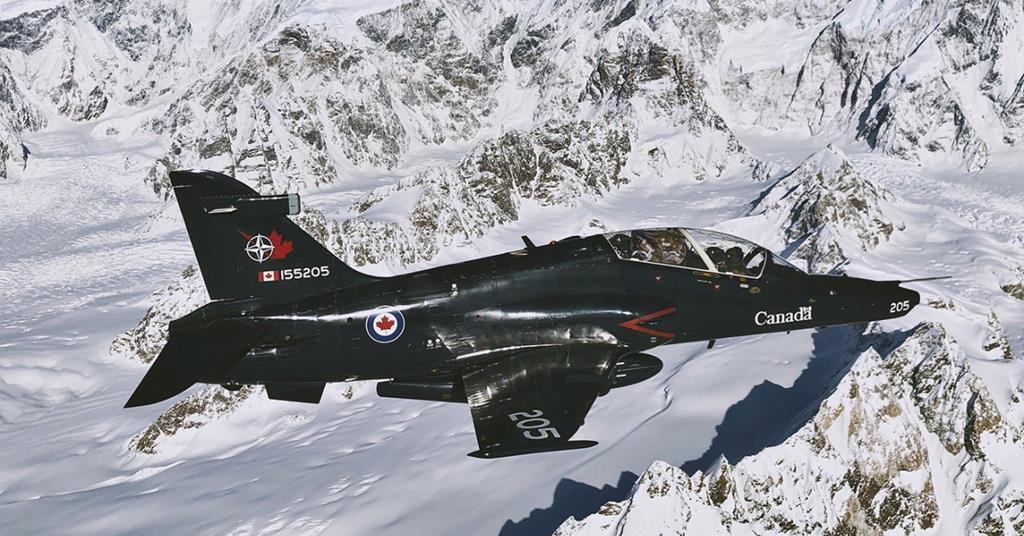Seems an odd decision on so many levels. First of all the Hawks aren’t that old. I don’t know how heavily used they have been but when you look at how long other countries have been using their Hawks it seems like they should be able to get more than 24 years.
Secondly pilot training is important, One of the main roles of an airforce in peacetime is to train pilots. For an airforce to essentially lose the ability to train personnel without the aid of foreign nations represents a huge loss of sovereignty.
Not sure I am even seeing how any real money is being saved. If anything they are probably paying a big premium for using other airforces aircraft. Plus of course I suspect we aren’t taking huge amounts of money compared to other parts of the defence budget.
Not really, not when one looks at the situation. The RCAF Hawks entered service in 2000 IIRC, so they have been in service for ~24 years already, and I believe they were designed to have 25-30 year service lives. Going by the RAAF Hawk 127 (the RCAF operate Hawk 115), Australia did start looking at replacing or upgrading their Hawk LIF's starting around 2012 and I do recall there being reports of cracks being found in the Australian Hawk airframes. Canada also started an initial look at replacing the Canadian Hawks around the same time.
Secondly, these being trainer aircraft, I would not be surprised if they sometimes acquire more flight hours faster, and/or suffer 'harder' flight hours because they are trainers. This is also a situation where numbers could matter, with the RCAF having 22 Hawks vs. the RAAF's 33. I personally have no idea which service is having their Hawks acquire flight hours faster or if they are doing it at comparable rates, but by having fewer in service aircraft, potential availability issues could be starting to creep in, particularly given the age of the aircraft.

